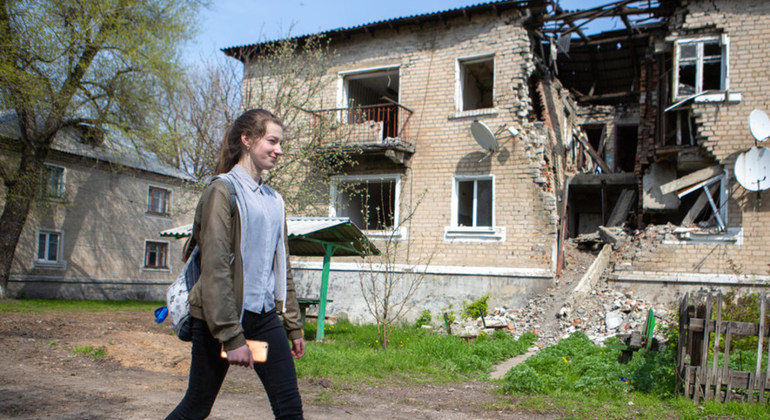showing increased rates of severe, moderate and mild mental health issues, with the latter being the most prevalent.
“I am confident that our study provides the most accurate estimates available today of the prevalence of mental health conditions in areas of conflict”, said lead author of the study Fiona Charlson of the University of Queensland, Australia and the Institute for Health Metrics and Evaluation, in the United States.
Listen to our interview with Dr. Mark van Ommeren, from WHO, who outlines the findings of the report and describes what is being done to help sufferers, including in war-torn Syria:
In 2016, there were 53 ongoing conflicts in 37 countries, meaning that 12 per cent of the world’s population was living in an active conflict zone – an all-time high. Moreover, the fact that nearly 69 million people globally have been forcibly displaced by violence and conflict, makes it the highest global number since the Second World War.
“Despite their tragic consequences, when the political will exists, emergencies can be catalysts for building quality, sustainable mental health services that continue to help people in the long-term”, concluded the WHO author.




